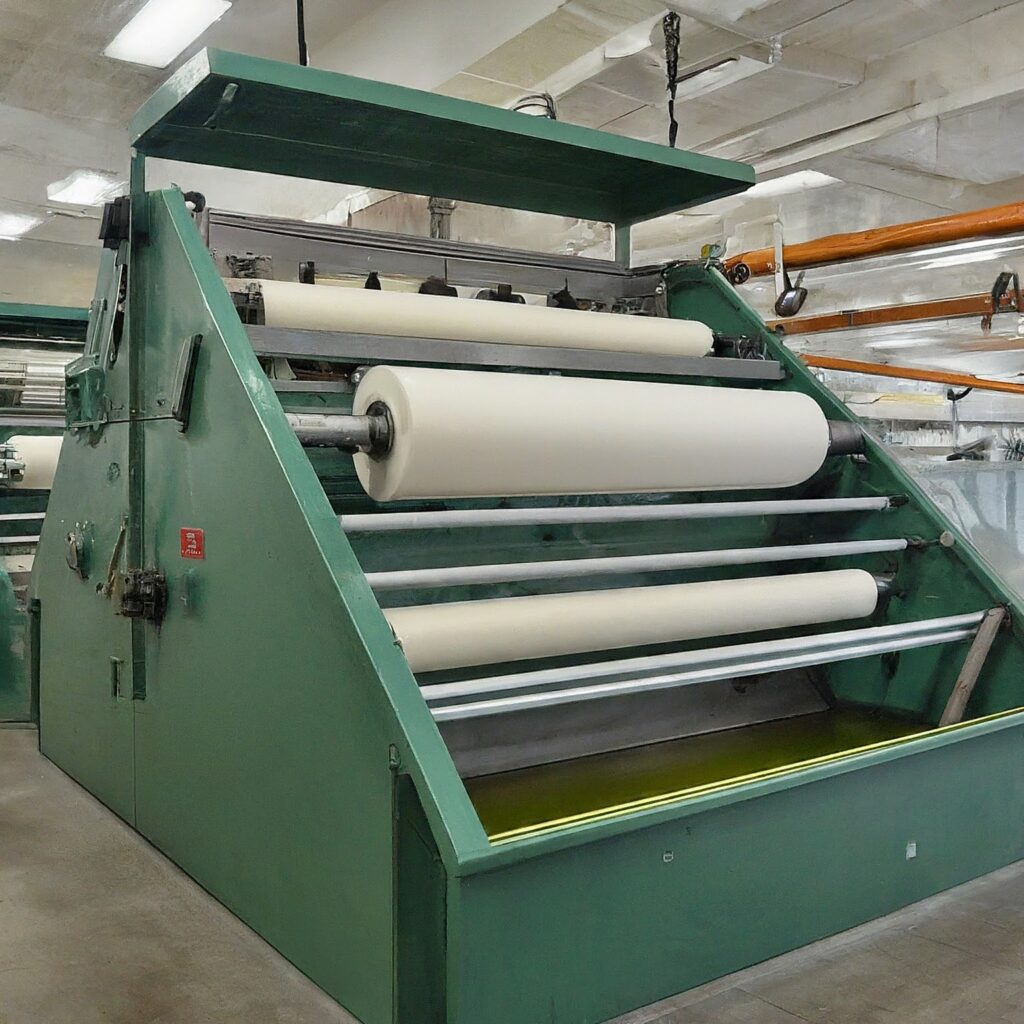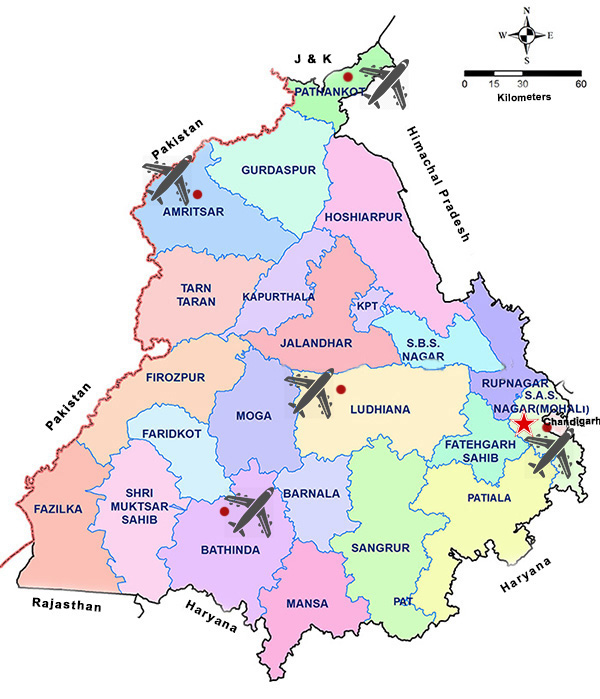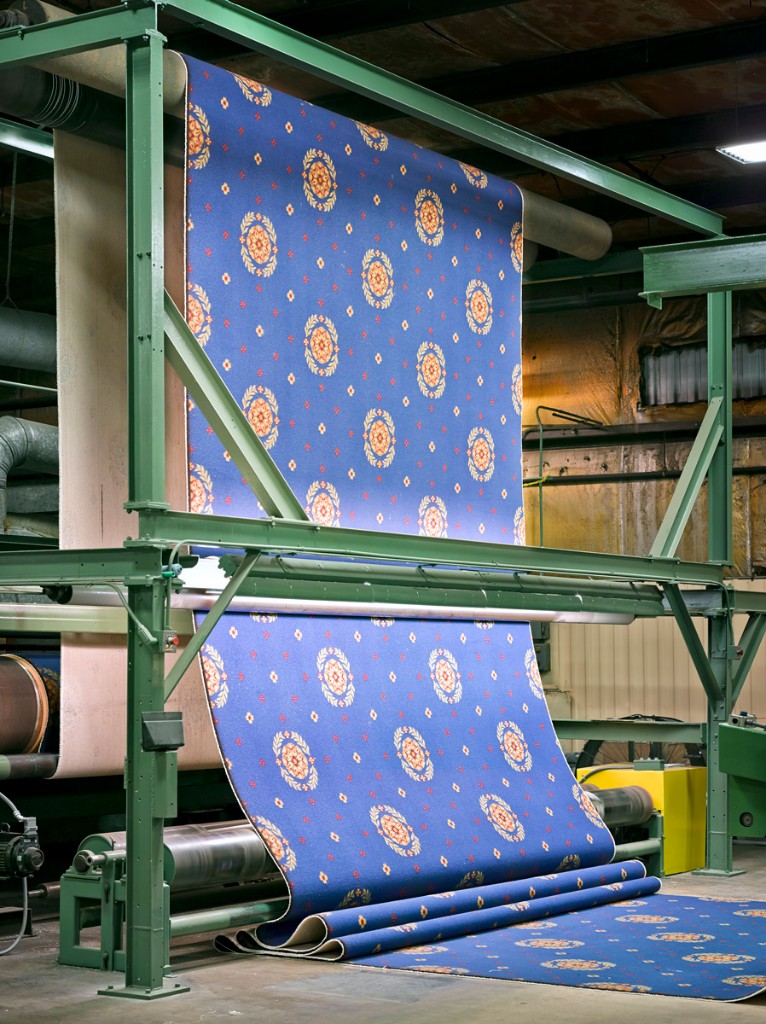Unveiling the Magic: A Deep Dive into Textile Mercerization for Cotton Fabrics

Have you ever wondered what gives your favorite cotton shirt that luxurious sheen and superior dye uptake? The answer lies in a fascinating textile finishing process called mercerization. This treatment, named after its inventor John Mercer, transforms ordinary cotton into a fabric with enhanced properties, making it a popular choice for premium clothing and home textiles.

What is Mercerization?
Mercerization is a chemical treatment specifically designed for cotton and other cellulosic fibers. It involves immersing the fabric in a strong alkaline solution, typically sodium hydroxide (caustic soda), under controlled tension. This process triggers a series of reactions within the fiber structure:
Swelling: The caustic solution causes the fibers to swell, increasing their surface area and accessibility for subsequent treatments.
Reorientation: Under tension, the cellulose molecules within the fibers become more aligned, leading to a smoother and more lustrous appearance.
Enhanced Dye Affinity: The rearranged cellulose structure improves the fabric’s ability to absorb and retain dyes, resulting in richer and deeper colors.
The Mercerization Process: A Step-by-Step Breakdown
Here’s a closer look at the various stages involved in mercerizing cotton fabrics:
- Preparation: The fabric is first scoured and bleached to remove impurities and ensure even treatment throughout the process.
- Impregnation: The fabric is then passed through a trough filled with the caustic soda solution, ensuring complete saturation. The concentration of the solution, temperature, and dwell time (exposure duration) are carefully controlled to achieve the desired effects.
- Tensioning: While still wet with the caustic solution, the fabric is stretched on a tenter frame, applying tension in both lengthwise and widthwise directions. This aligns the cellulose molecules and promotes the characteristic luster.
- Neutralization: After a predetermined time, the fabric is thoroughly washed to remove the caustic soda. This step is crucial to prevent fabric damage and environmental impact.
- Washing and Drying: The fabric undergoes further washing to remove any residual chemicals. Finally, it’s dried under controlled conditions to achieve the desired handle and finish.
Essential Equipment for Mercerization
Several key pieces of equipment are necessary for a successful mercerization process:
Padding Mangle: The Impregnation Powerhouse

The journey begins with the padding mangle, a critical apparatus responsible for applying the caustic soda solution uniformly onto the fabric. Imagine a giant set of rollers, where the fabric is sandwiched between a trough filled with the solution and a pressure roller. As the fabric passes through, the pressure roller squeezes out excess solution, ensuring consistent saturation throughout the material. The padding mangle plays a crucial role – an uneven application of the caustic soda can lead to blotchy results and compromise the entire process.
Tenter Frame: The Architect of Alignment
Next comes the tenter frame, the sculptor responsible for the characteristic sheen of mercerized cotton. This robust frame resembles a giant stretching rack with multiple grippers. The wet fabric, still saturated with the caustic soda solution, is fed into the frame. The grippers firmly hold the fabric edges, stretching it along its length and width. This tension is paramount – it forces the cellulose molecules within the fibers to reorient and align in a more parallel fashion. This realignment is the key to achieving the smooth, lustrous surface that defines mercerized cotton. The tenter frame’s ability to maintain consistent tension throughout the treatment duration is vital for achieving a uniform and high-quality finish.
Wash Boxes and Neutralization Tanks: The Cleansing Crew
After the tensioning stage, it’s time for a thorough cleansing. Enter the wash boxes – large tanks filled with clean water. The fabric is continuously passed through these tanks, removing the spent caustic soda solution and any impurities left behind. Following the wash cycle, the fabric enters the neutralization tanks. Here, a mild acidic solution, typically acetic acid, is used to neutralize any remaining traces of caustic soda. This step is crucial to prevent damage to the fabric and ensure environmental safety by rendering the wastewater less harmful. Both wash boxes and neutralization tanks require efficient pumping systems to circulate the cleaning solutions and maintain consistent flow rates throughout the washing process.
Drying Range: The Final Touches
The final act in the mercerization drama belongs to the drying range. Here, the fabric is meticulously dried under controlled temperature and tension. This stage plays a vital role in setting the final handle and aesthetic of the fabric. Modern drying ranges often employ sophisticated temperature control systems and air circulation mechanisms to ensure uniform drying throughout the fabric. Precise tension control during drying helps to preserve the smooth and lustrous finish achieved by the tenter frame.
Beyond the Essentials: Additional Equipment for Efficiency
While the aforementioned equipment forms the core of a mercerization line, several additional machines can enhance efficiency and ensure optimal results:
- Desizing Unit: If the fabric contains sizing agents for weaving purposes, a desizing unit may be used before the padding mangle to ensure proper penetration of the caustic soda solution.
- Scouring Unit: In some cases, a scouring unit might be integrated into the line to remove any residual impurities before mercerization.
- Auxiliary Equipment: Additional equipment like filtration systems for the caustic soda solution and wastewater treatment plants are crucial for environmental compliance and maintaining a clean and sustainable operation.
The Benefits of Mercerized Cotton

By undergoing mercerization, cotton fabrics gain several advantages:
- Enhanced Luster: Mercerized cotton acquires a silky sheen, making it appear more luxurious and appealing.
- Improved Strength: The treatment strengthens the fiber structure, leading to more durable and tear-resistant fabrics.
- Superior Dye Affinity: The fabric absorbs dyes more effectively, resulting in richer, deeper, and more colorfast dyed goods.
- Increased Absorbency: Mercerized cotton offers better moisture absorption, making it more comfortable to wear.
In Conclusion
Mercerization is a sophisticated textile finishing process that elevates the quality and aesthetics of cotton fabrics. By understanding the science behind the process and the equipment involved, we gain a deeper appreciation for the craftsmanship that goes into creating luxurious and long-lasting cotton garments.








